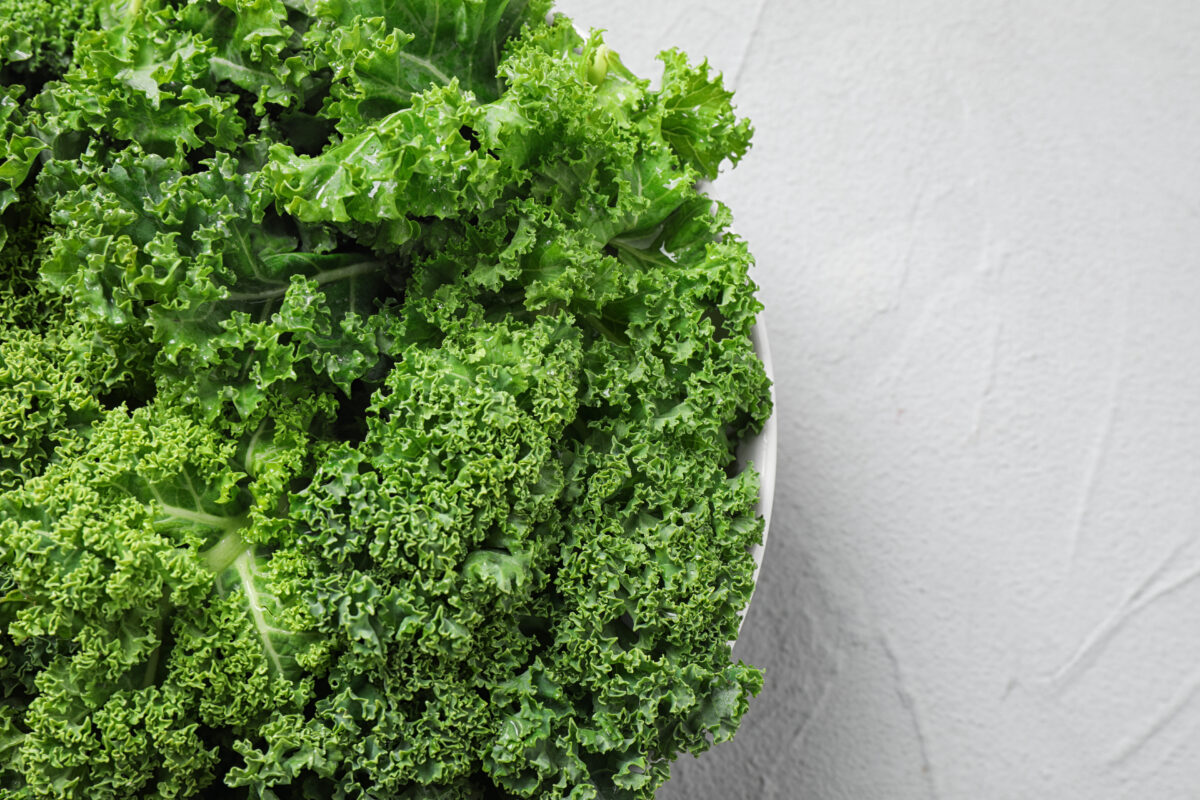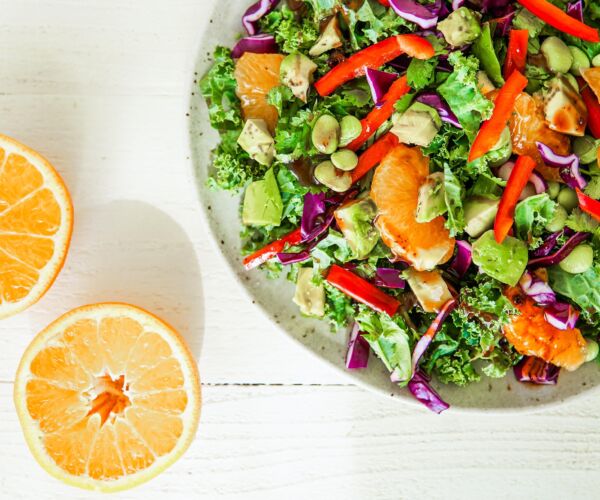Kale

Kale/Kapekape
Availability
Kale is available all year round and is popular in salad bag mixes.
Storage and Handling
Store in the refrigerator. Handle all fresh produce with care and wash before eating.
History
Kale used to be one of the most common leafy vegetables in Europe until the Middle Ages when the cabbage rose to popularity. In the past kale has been important in colder climates due to its frost resistance. Kailyard was a term coined for purpose-built yards for growing kale in Scotland. The term ‘kailyard’ was later used to describe a type of fiction writing that was popular in the late 19th century, usually focused around rural domestic life. Kale has become very fashionable in recent times, before which it was grown mainly for livestock.
Facts
- There are multiple varieties of kale, they can grow short and tall and range from green to pink, red and purple
- Kale is part of the Brassica family which includes cabbage, Brussels Sprouts, broccoli and cauliflower
- Baby kale is less bitter and more tender
- Kale’s flavour is improved by frost as it enhances its sweetness
- Curly Kale: (All year round) The intense colouring of the leaves make curly kale a particularly stunning garnish, this is especially true in winter when other garnishes may be difficult to obtain
- Some varieties of green kale are also known as collards or winter greens. These can be cooked as a side vegetable in a similar manner to other cabbage types. It is necessary to remove the thick stalks before cooking
Growing Facts
- Easy to grow, winter hardy, disease resistant and easy to harvest
- Grow in seed trays and plant in the garden in 4-6 weeks
- Kale will take 50-65 days to mature for harvest
- Remember to leave space between seeds when planting as they may start small but they can grow big
Nutrition Information
Kale is a good source of dietary fibre, calcium, folate, vitamins A and C and a source of iron, potassium, magnesium, manganese, niacin (vitamin B3), riboflavin (vitamin B2), thiamine (vitamin B1) and vitamin B6.
You will find the full Nutrition Information Panel on the New Zealand Food Composition Data website. This website is owned jointly by Plant & Food Research and the Manatū Hauora Ministry of Health. This website holds the most comprehensive collection of high-quality nutrient data for New Zealand foods. The Database is managed and maintained by dedicated Plant & Food Research staff.

